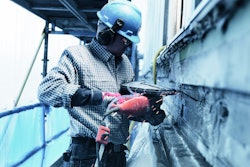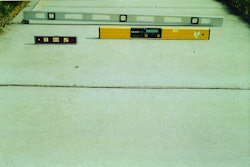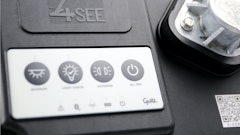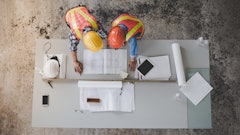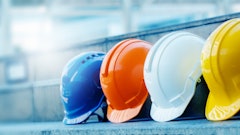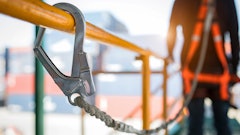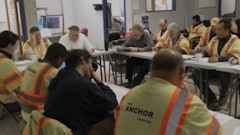When people think about workplace injuries, images of cut fingers, busted knuckles or strained backs typically spring to mind. However, nearly 10 percent of workplace injuries each year are attributable to a different body part.
The foot.
Each year these 1.2 million foot and ankle injuries cost on average five days of lost work and a combined $600 million paid in compensation. To protect workers and employers from the pain of foot/ankle injuries OSHA and OH&S requires employers to supply hazard-specific footwear for their employees.
In the construction industry, footwear must be puncture resistant and have a steel toe. When working with electricity, employees must have non-conductive soles. In Canada, the Ontario Construction Industry was able to reduce work-related foot injuries by 60 percent between 1968 and 1984 with footwear requirements.
Here are a few of the features employers should look for when investing in footwear:
- Steel Toes. Perhaps the most common safety feature of safety shoes, the steel toe can help protect employees from injuries from falling objects and heavy pressure on the front of the foot. When selecting steel-toed footwear look for a brand that provides protection for the entire width and length of the toes.
- Metatarsal Guards. Metatarsal guards protect the metatarsal bones and toe area from heavy falling objects. The metatarsals are delicate bones located at the top and bottom of the foot. These bones form the framework for the arches of the feet. Shoes can be purchased with these guards built in or employers can purchase separate metatarsal guards, which are attached to the outside of the work boot.
- Slip/Puncture Resistant Soles. Next to the steel toe, the slip- and puncture-resistant sole is a must have for workers. These soles prevent two of the most common foot/ankle injuries: nail punctures and slips. Boots are available for purchase that combine both these features or an employer can buy puncture proof insoles to add to existing work boots.
- Non Synthetic Materials. Select footwear made of non-synthetic materials. Footwear made from leather or canvas reduces the risk of sweaty feet, athlete's foot and other foot fungi, especially when working in hot weather. Avoiding sweaty feet also helps the boot fit snug and prevents slips and ankle twist. To further prevent sweaty feet, encourage employees to wear white cotton or wool socks, which can help prevent rashes, itching and other foot problems. If an employee still suffers from sweaty feet have them bring two pairs of socks to work and switch out at lunch.
Concrete rubber boots
One of the most commonly used boots among concrete workers are simple rubber boots. In most companies these boots are inexpensive and suffer from the following problems:
- Very flexible soles
- Loose fitting
- No arch support
- Allow moisture to build up
To solve this problem buy boots that include a steel or fiberglass shank, nylon inners and a moisture-absorbent insert. Also make sure you have rubber boots that fit all employees snugly. These boots are typically $50-$60 a pair. Have employees tape the top of their boots to their jeans to prevent moisture entering the boot.
Comfort and fit
Poorly fitting footwear can lead to immediate foot problems like corns, blisters, twisted ankles and stubbed toes. In the long term, poorly fitting footwear contributes to problems such as fallen arches and misaligned bones. To avoid poorly fitting footwear it is best to shop after the end of a regular workday. This is the time when feet are most likely to be swollen.
It is important to select shoes or boots that have a straight insole, rather than a curved one. The footwear you select should allow free movement of the toes and fit snugly at the heel.
Remember these protective shoes are designed to protect the worker in the event of an accident, not to prevent accidents. Make sure employees are extremely cautious of their feet when working around heavy equipment, material stockpiles, and while placing or moving heavy loads.






